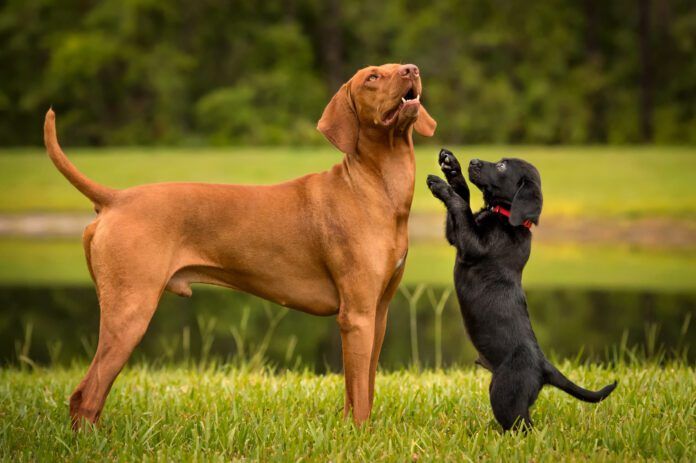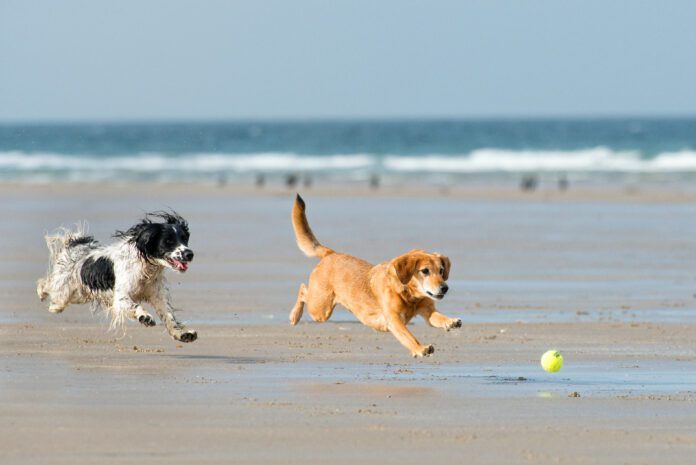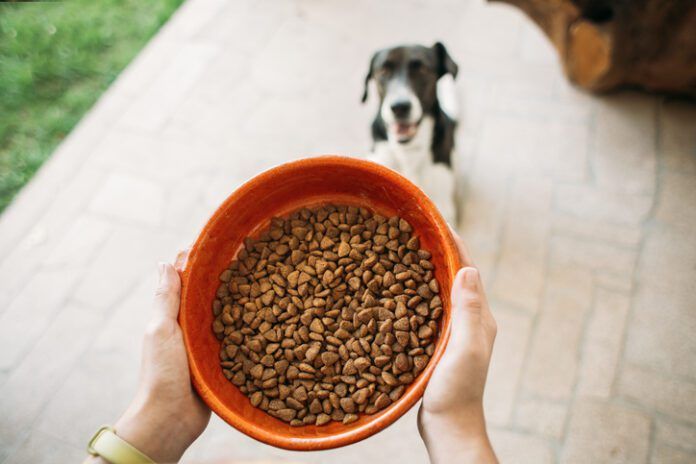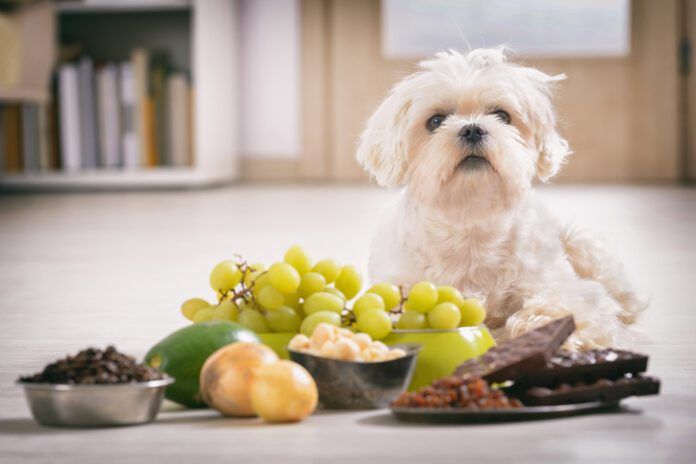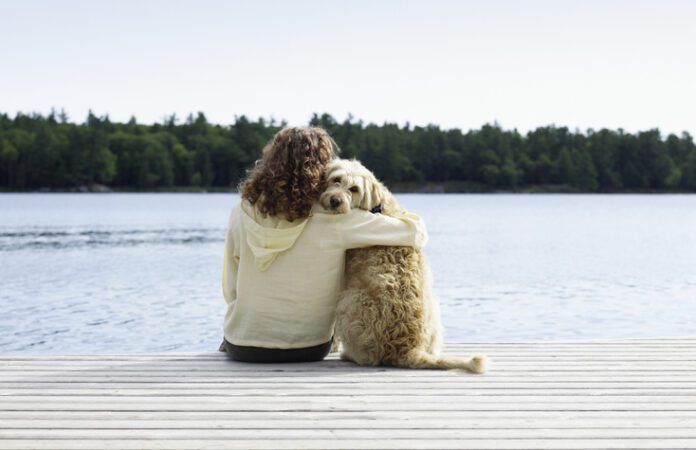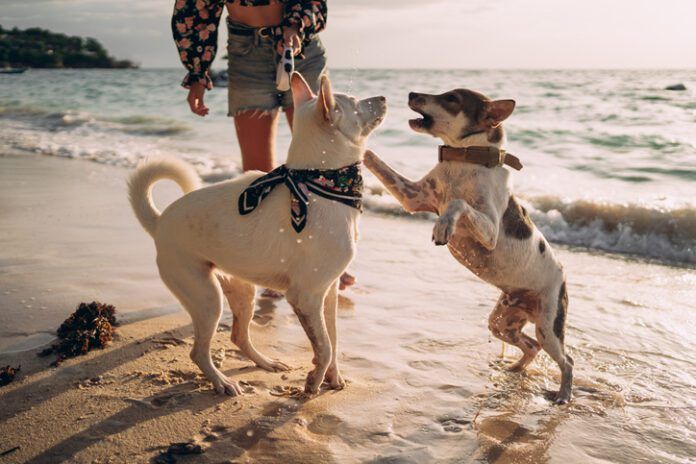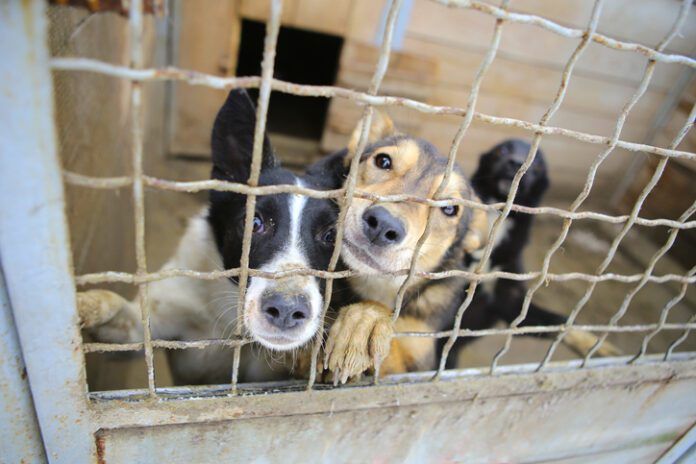Socializing puppies is a buzzword phrase that has a lot of merit. If you have a new puppy, hopefully, your puppy stays with his mom until at least 8 weeks of age or older. Many breeders now keep pups until 10 weeks old or so. It’s even better if your pup has littermates because these early interactions set the stage for many behaviors and function as puppy’s first classroom. Play fights with littermates help pups learn bite inhibition, and moms often reinforce that, too.
Some families are fortunate to have a dog who wants to be an “aunt” or “uncle.” These dogs seem to genuinely enjoy interacting with puppies. They play with, engage, and as needed, discipline their young charges. This might happen before you bring your pup home, or you might have a dog yourself who takes on this role.
Once home, you need to let your puppy settle in. Be careful with children and your new puppy. Resist the urge to invite all your friends and their dogs over to meet the new kid on the block. Let your pup have a week or so to adjust, then choose your exposures carefully.
Puppy Shots Before Socializing
Your pup should be started on his vaccination schedule designed to protect him as his maternal immunity wears off. That doesn’t mean he can’t meet people and dogs until he has all his shots, but I do suggest he have at least one set of parvo/distemper. He does not have to have finished his whole series.
Be selective about your socializing puppies. Choose dogs you know are healthy, well cared for, and who enjoy puppies. A friend’s puppy of about the same age/size is usually ideal.
Monitor Puppy Socializing
Don’t add your pup into a group of puppies that are established friends or littermates unless you are there and observant. You will need to advocate for your pup. Sometimes a puppy is happiest sitting on your lap and observing. Don’t let him be bullied, but don’t push him into something he isn’t ready for either. If he’s hesitant and would rather stay with you, listen to him.
Until fully vaccinated, a puppy is best off avoiding places where lots of dogs of unknown health hang out, like dog parks. Visit the yards of friends who have healthy, vaccinated pets. Go for walks with your puppy and vary the places you go. A puppy foundation class is a great idea, but stick to classes where vaccinations are verified.
Slow Puppy Socialization
Remember that not all dogs are social butterflies. Your goal is a dog who is tolerant of other dogs. Your dog doesn’t need doggy friends and, in fact, may prefer to just hang with you, and that’s just fine.


